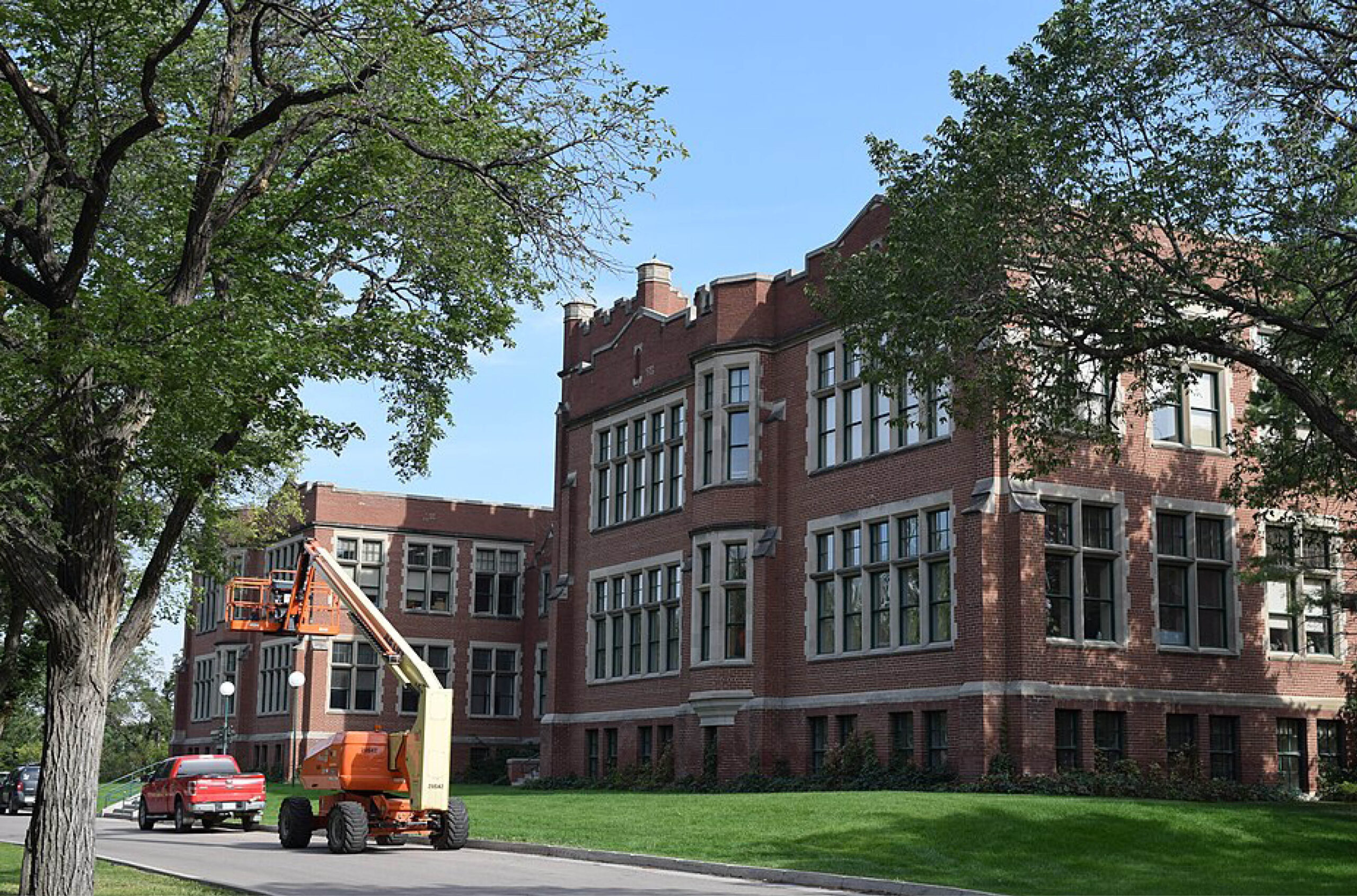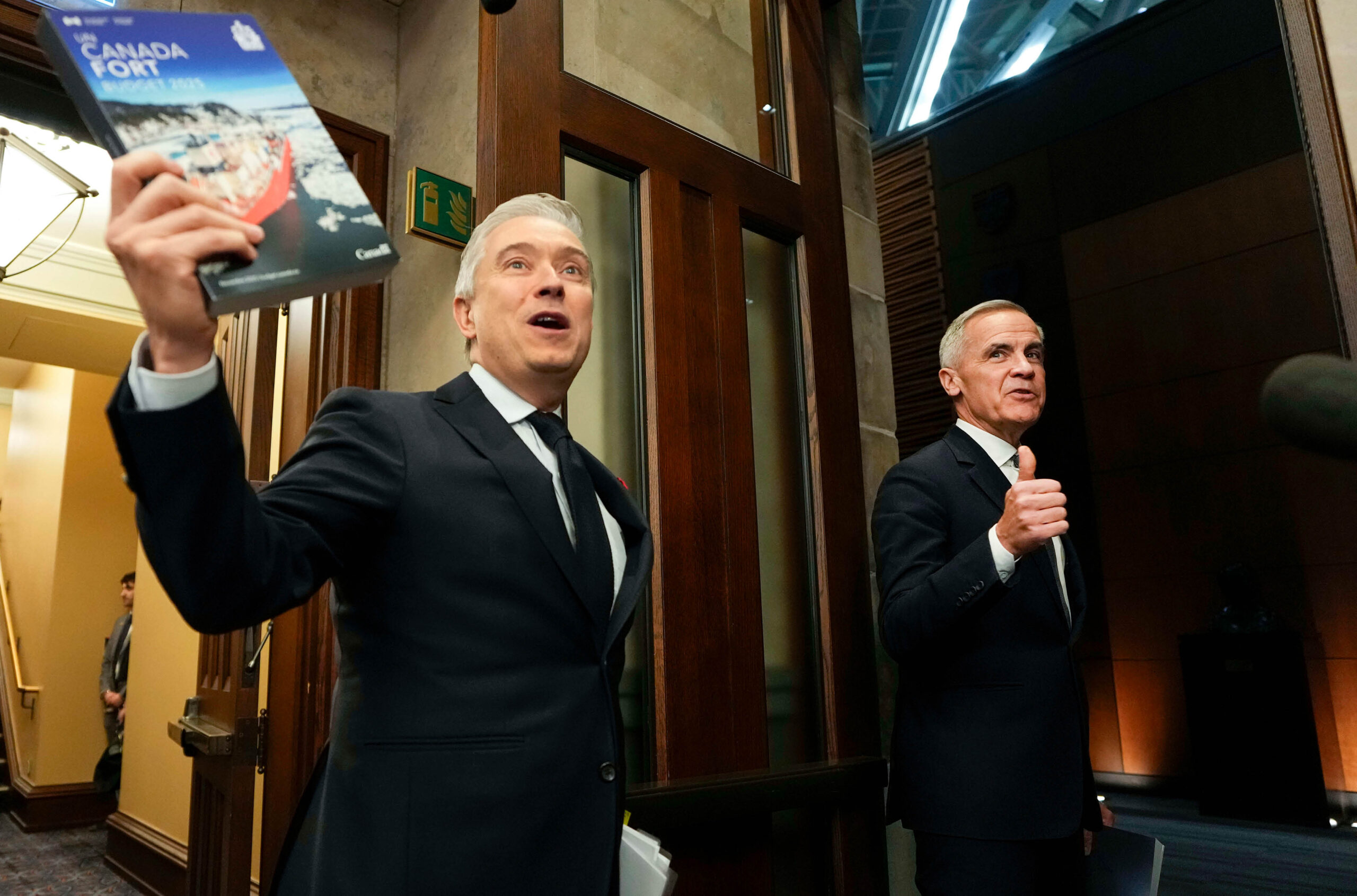Universities eligible for $51B infrastructure fund
The Build Communities Strong Fund, announced in this month’s budget, is the first long-term federal infrastructure program open to post-secondary institutions.

Canadian universities will have access to a long-term federal infrastructure fund beginning next year.
The Build Communities Strong Fund, announced as part of Budget 2025, will provide $51 billion over 10 years and a further $3 billion per year in ongoing financing intended for a wide range of projects in local communities to support economic growth, according to the budget document, however many details on how funding will be allocated remain unanswered.
“We’re very encouraged to see the federal government recognize that university infrastructure is community infrastructure,” said Gabriel Miller, president and CEO of Universities Canada (publisher of University Affairs).
“Our campuses are not only places of learning and research, they are anchors in communities across the country. Investing in modern, sustainable university facilities strengthens local economies, supports innovation and ensures students have the spaces they need to prepare for the jobs of the future.”
The Build Communities Strong Fund will consist of three streams. Universities and colleges are explicitly named as potential beneficiaries of the Provincial and Territorial Stream that, should the budget be adopted, will provide $17.2 billion over 10 years to support “housing-enabling infrastructure (e.g., roads, water/wastewater), health-related infrastructure (e.g., hospitals), and infrastructure at colleges and universities.”
For this funding to be released, provinces and territories must cost-match federal funding and agree to “substantially reduce development charges and not levy other taxes that hinder the housing supply.”
The funding would flow from the federal government to the provinces, then to the municipalities, before being provided to colleges and universities.
A second stream, the Direct Delivery Stream, will support “regionally significant projects, large building retrofits, climate adaptation and community infrastructure.” Potential beneficiaries will be required to seek private sector investment, including private investment leveraged through Canada Infrastructure Bank financing, before being eligible. It remains unclear at the time of writing whether postsecondary institutions will be able to apply for this stream.
In the budget, the federal government commits to financing an initial list of 23 projects through the Direct Delivery Stream “or from other existing federal programs,” including the new Toronto Metropolitan University (TMU) School of Medicine in Brampton, Ont., which welcomed its inaugural class this September, and the Inuit Nunangat University, which aspires to open its doors in 2030.The funding for TMU’s medical school will go toward the construction of a new student building and to establish primary care teaching clinics in surrounding communities, according to the budget document. In a press release issued on Nov. 4, TMU specified that it would receive $25 million in federal funding.
The third funding avenue is a rebranding of the existing Canada Community-Building Fund, a “Community Stream,” for which universities are not eligible.
Housing, Infrastructure and Communities Canada said that further details regarding the Build Communities Strong Fund will be “available in the near future.”
Many Canadian universities have aging infrastructure, and advocacy groups have called on provinces for much-needed capital investments and infrastructure renewals. In Ontario, for example, a blue-ribbon panel report from 2023 rated the condition of university and college facilities as “fair to poor” with the estimated cost to repair, upgrade or renew facilities approaching 16 per cent of their replacement cost. In 2019, total deferred maintenance — the postponement of maintenance activities such as property repairs to save money — for Ontario colleges and universities was estimated at $6.4 billion, of which colleges accounted for $1.7 billion. Four years later, the panel noted, the numbers were surely higher.
Similarly, in Newfoundland and Labrador, the Office of the Auditor General released a report in January 2025 stating that Memorial University had a deferred maintenance liability of $481 million, with the overall condition of the university’s facilities rated “poor and nearing critical.”
Universities have previously received federal funding through two time-limited stimulus programs. The Knowledge Infrastructure Fund (KIP), launched in response to the 2008-2009 recession, committed $2 billion over two years to colleges and universities. With matching contributions from the provinces, institutions and other partners, total investment in the KIP projects exceeded $5 billion, according to the program’s evaluation report. The program funded 520 projects at 235 post-secondary institutions targeting infrastructure that improved research and development capacity, training space, energy efficiency, health and safety upgrades to facilities and incubation facilities for industry and research.
The Post-Secondary Institutions Strategic Investment Fund (SIF), announced in Budget 2016, provided $2 billion over three years. The fund was explicitly designed to modernize post-secondary infrastructure to support research, commercialization and sustainability. SIF also required cost-sharing, with up to 50 per cent of the eligible costs covered by the federal government and the rest coming from partners such as the provincial/territorial governments, post-secondary institutions and private donors. Projects were expected to be shovel-ready and completed by 2018. A total of 143 projects were funded through the program.
Featured Jobs
- Business - Assistant Professor (Digital Technology)Queen's University
- Biochemistry, Microbiology and Bioinformatics - Faculty Position (Microbial Systems Biology, Omics Data Analysis)Université Laval
- Law - Assistant or Associate Professor (International Economic Law)Queen's University
- Psychology - Assistant ProfessorSt. Jerome's University
- Director and Stauffer-Dunning Chair, School of Policy Studies - Associate or Full ProfessorQueen's University
















Post a comment
University Affairs moderates all comments according to the following guidelines. If approved, comments generally appear within one business day. We may republish particularly insightful remarks in our print edition or elsewhere.